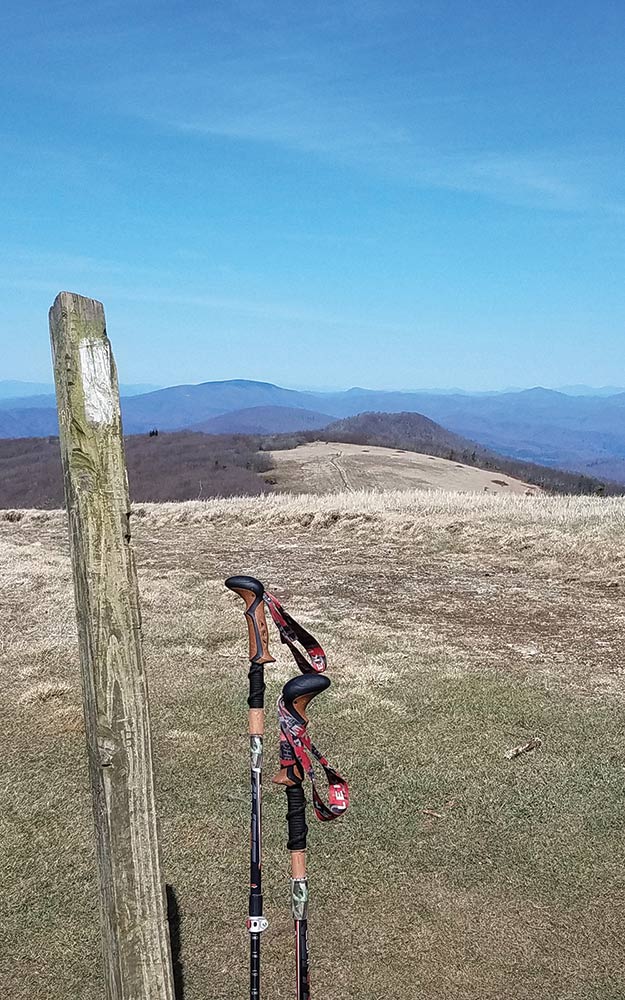
Photo by Eric Wilcox
WHEN I BECAME PRESIDENT and CEO of the Appalachian Trail Conservancy (ATC), my top priority was to ensure the foundation and structure of this organization was strong and sound. I am happy to report we have strong bones to support and sustain our core mission.
Our volunteers are skilled and empowered to manage and maintain the Trail itself. We have committed and effective partnerships that enhance our efforts from the treadway to the broader landscape. Through our education and outreach work, we continue to ensure the Trail is relevant to younger and more diverse audiences. And, the leadership of ATC is updating the organization’s strategic plan to help guide staff and volunteers through the next three years of project work.
Having taken these steps forward in 2019, 2020 is the year we not only ensure our foundation remains strong, but also the time for us to contemplate what is the next step in the evolution of the Trail and, by extension, the Appalachian Trail Conservancy.
We have two significant upcoming anniversary dates for the A.T. and the ATC. The year 2021 will be the 100th anniversary of the publication of Benton MacKaye’s article, An Appalachian Trail: A Project in Regional Planning. And, in 2025, ATC will celebrate its own 100th birthday. Together, these two anniversaries celebrate a century of building the foundation on which the next 100-year vision for the Trail and our organization will be built. The work for developing this next vision will require that we look both forward and back.
When Benton MacKaye penned his seminal paper, he felt that the world was — in his own words — “…considerably complicated of late in various ways — by war, by questions of personal liberty, and by ‘menaces’ of one kind or another. There have been created bitter antagonisms.” For me, at least, these observations still resonate. The world we live in is extremely complicated and fraught with both real and imagined challenges and dangers. We all struggle to find common ground from which to build relationships and find moments of peace.
To define the next 100 years of the Trail, I firmly believe we need to look back to MacKaye’s original vision. He saw the Trail as representing “possibilities in [a] new approach to the problem of living.” At its core is the Trail itself, which the ATC has spent the last 100 years building, protecting, and ensuring its preservation. But MacKaye’s vision went beyond the treadway — his paper laid out a plan for an overarching conservation effort that would unite wilderness with rural communities and allow for both recreational enjoyment and economic stability. It is creating, expanding, and protecting this realm that includes and surrounds the Trail that, I believe, will be an integral part of our future work.
Therefore, our work in 2020 will be twofold. ATC’s staff and volunteers, agencies, clubs, and partners need to continue our work to manage and protect the Appalachian Trail. We also need to begin conversations around developing a vision for our next 100 years. MacKaye saw the Appalachian Trail as having the potential of being a place in which “cooperation replaces antagonism, trust replaces suspicion, emulation replaces competition.” Together, just as we have built the Trail itself, we can create and protect this great realm and refuge.
